Unveiling the Wild Heart of Victoria
The Great Ocean Road is an epic coastline and a nature reserve where men from different directions travel for wildlife. To be sure, you are not just taking in the picturesque landscapes, but actively participating in an ecosystem that is full of life as you make your way down this historic road. As every corner unwinds itself, there is a new story about nature at its best making it a perfect wildlife tourist destination. Immerse yourself in unforgettable wildlife encounters on Great Ocean Road tours. Get up close and personal with unique Australian wildlife today!
Why Seasonal Timing Matters
For any wildlife fanatics out there, it is important to understand how seasons change along the great ocean road. Each season comes with new sights; during winter months, one may see southern right whales breaching close to shore while spring brings to life all fauna as they come up on warming temperatures. Therefore, appropriate timing of visits for anyone visiting guarantees maximum chances of viewing wildlife in action which would ultimately offer them rewarding moments.
Seasonal Wildlife Watching Opportunities
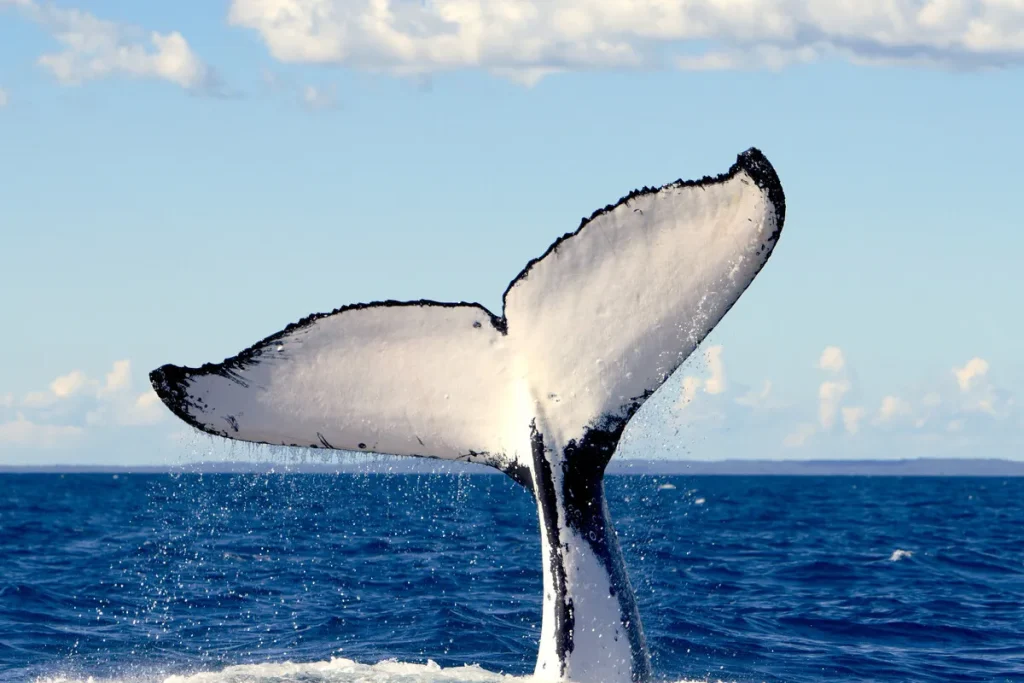
Winter Whale Watching
Winter months present a breathtaking show of marine life around Logan’s Beach which acts as a nursery for Southern Right Whales. For several months beginning June to September, visitors have amazing encounters with these majestic beings near the shore. Tower Hill Wildlife Reserve nearby only improves winter visits by offering opportunities to spot emus, koalas and kangaroos amidst volcanic craters that still have green life despite low temperatures.
Bird Watching Across the Seasons
It encompasses diverse environments ranging from sandy beaches at Port Phillip Bay to rocky reefs and temperate rainforests along the road that house various bird species within them. Every season has got its birdwatching peculiarities whereby summer brings seabirds onto offshore reefs whereas cooler months see migratory birds seeking shelter in wetlands. The Bellarine Peninsula and wetlands surrounding Port Campbell National Park are particularly rich sites hosting diverse bird species including tiny shorebirds and impressive raptors.
Iconic Wildlife Species to Spot
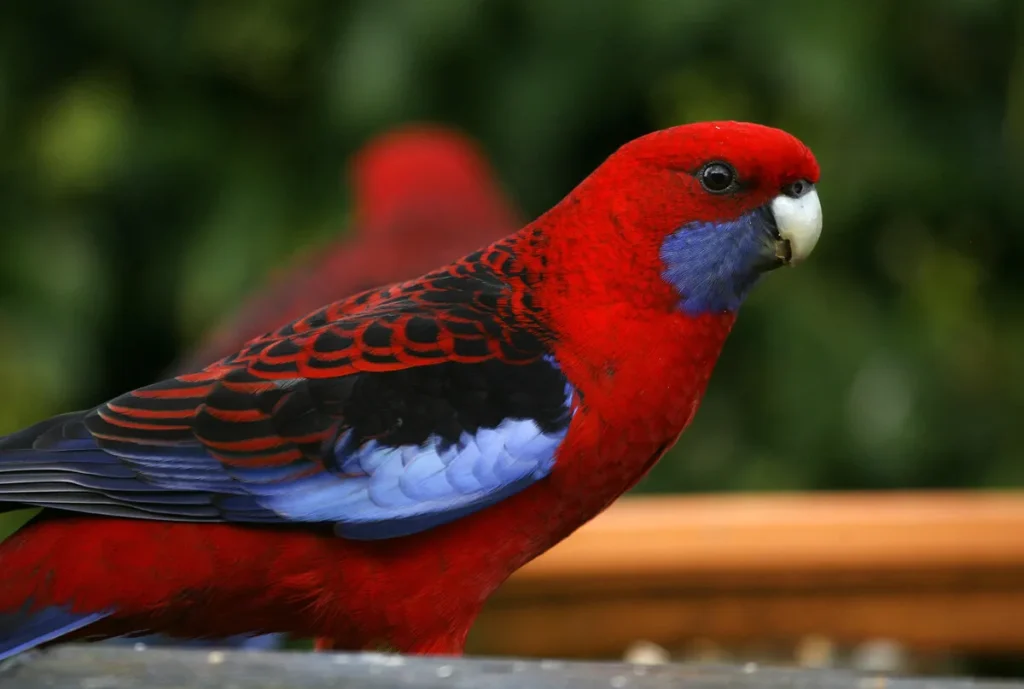
Exploring Underwater Worlds
The ocean along the Great Ocean Road features a marine mosaic where deeper ocean currents mix with rocky reefs resulting into a myriad of biological diversity. At low waters, snorkelers or scuba divers can get up close with coral fishes while in deep sea, seals as well as dolphins may be seen. This makes clear water around Cape Otway Lightstation conducive for these underwater trips.
Gentle Giants of the Deep
Beyond the excitement attached to watching whales, there are other gentle giants present in these waters such as awe-inspiring Blue Whales that occasionally appear in deeper waters. Being rare occasions though, it is reminder about extensive preserve which exists along this road due to its immense and mysterious marine life.
Land Mammals and Birdlife
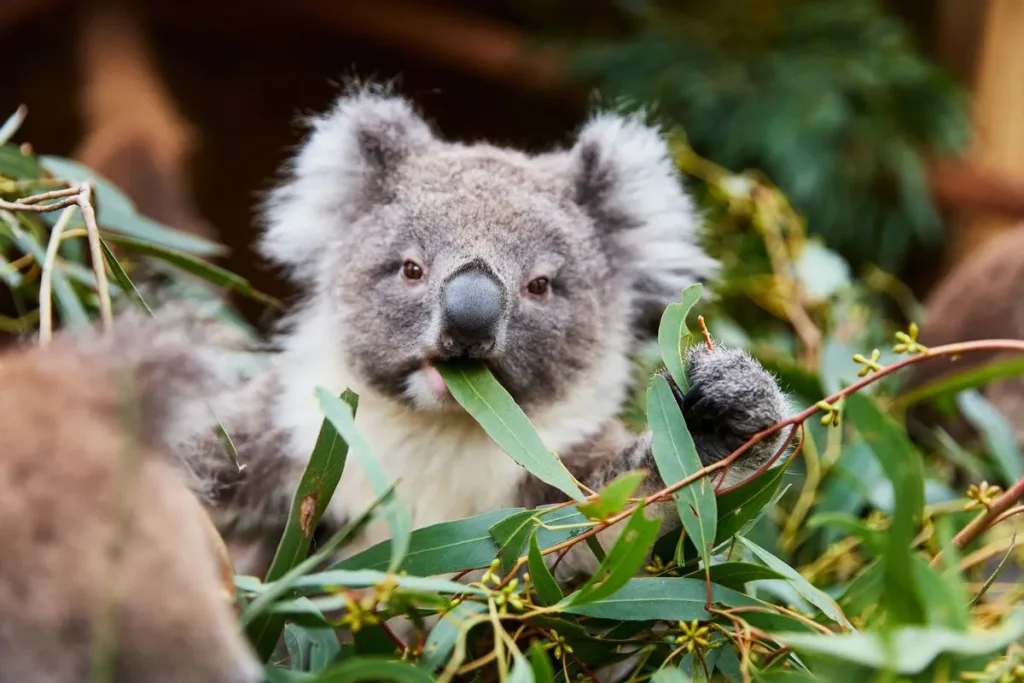
Koalas and Kangaroos at Eastern Maar & Gunditjmara
The woodlands and eucalyptus trees that surround Lavers Hill, as well as the rest of the national parks found in this area are a great spot for catching sight of koalas in their natural habitat. This is an opportunity to see these beloved animals while appreciating the rich indigenous heritage, which informs conservation efforts here.
Nighttime Wildlife Encounters
Fireflies and Glow Worms in Ancient Rainforests
As dusk starts to fall on Cape Otway’s ancient rainforests and Otway National Park, fireflies light up its undergrowth like stars twinkling into life while glow worms emit a bioluminescent display. By taking night tours through these fragile ecosystems, tourists can enjoy the beauty of nature without disturbing it too much.
Guided Wildlife Tours
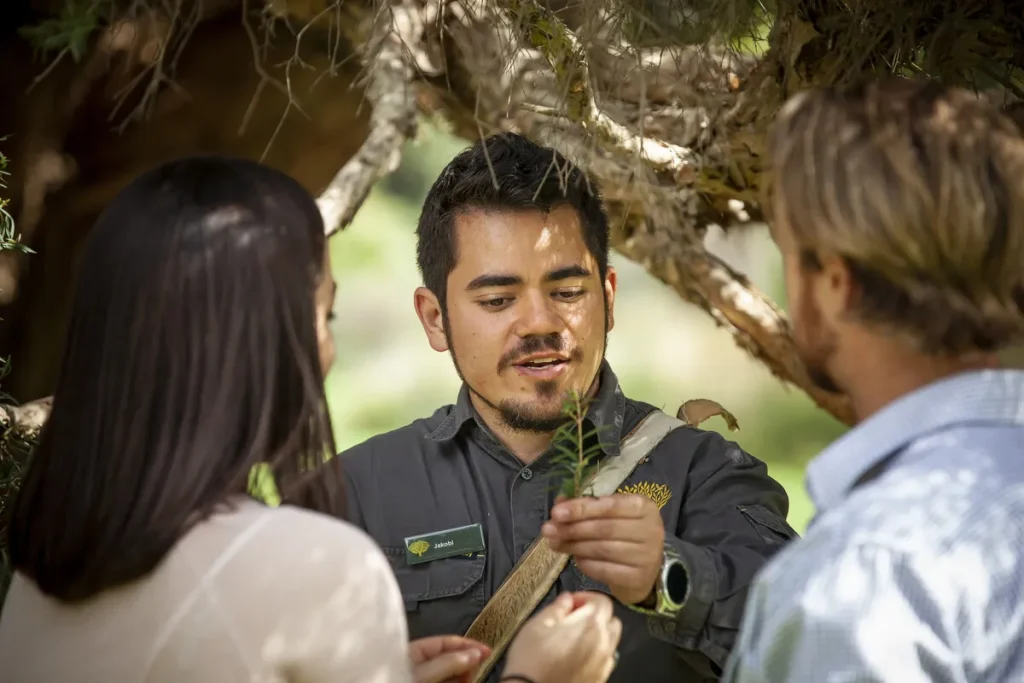
Exploring with Experts
If you want to get up close and personal with wildlife along Great Ocean Road, then going on guided tours would be ideal. These trips are led by experienced guides who will not only show you where to find different species but also share stories and facts about their characteristics and habitats. Regardless of whether it is about a nocturnal animal tour that sees animals in their natural habitat or a look beneath waves during a marine tour so colorful it looks unreal; these professionals enhance every aspect of watching wildlife.
Specialized Tours for Varied Interests
There are several types of guided tours available across the Great Ocean Road region that cater for different areas of interest. For bird watchers there are guiding ornithological visits to those remote wetlands or forests which have avian populations they’d love to witness. In contrast, marine-life lovers may opt for boat cruises away from usual tourist routes aimed at finding dolphins, seals or even whales depending on the season. These tours not only give a deeper experience but they also foster local economies and conservation by way of eco tourism.
Conservation and Respectful Wildlife Interactions
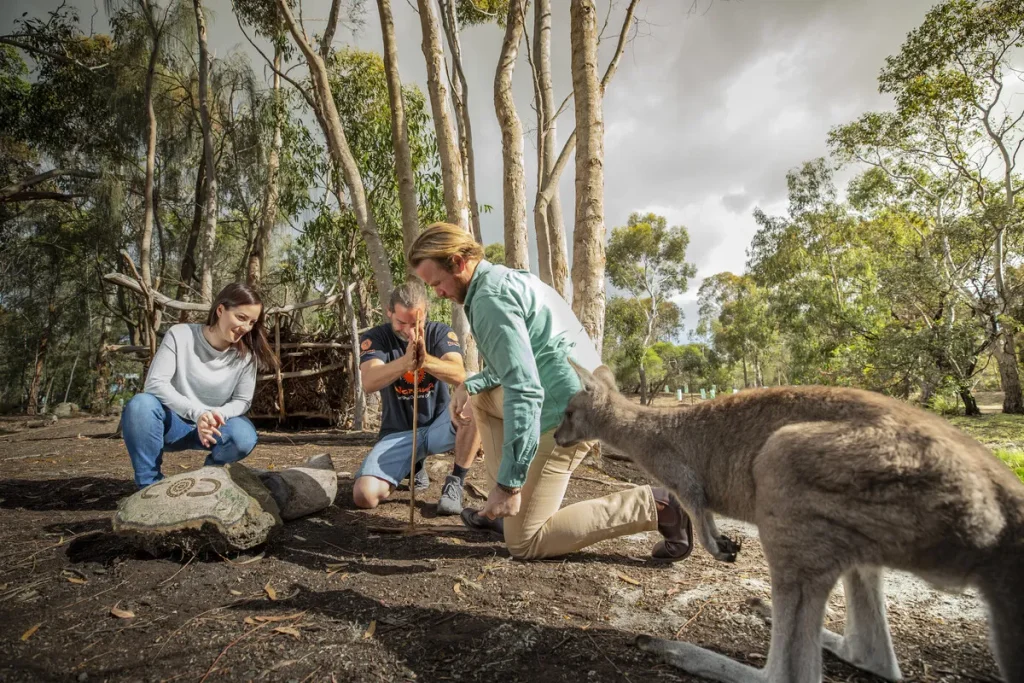
Fostering a Culture of Conservation
The Great Ocean Road is more than just an attraction for wildlife enthusiasts; it serves as a key area in conservation efforts. Majority of species along this route are protected under Australian law, with local environment groups being at work to ensure their habitats remain intact and thrive. By treating animals respectfully, choosing tours that support conservation-minded operators, we can contribute our bit towards ensuring these creatures remain for future generations.
Practical Tips for Ethical Wildlife Watching
When engaging with wildlife along the Great Ocean Road, one should do so in an environmentally responsible manner. Visitors should avoid getting too close to animals, whisper during observations, refrain from feeding them or littering which has become rife around such sites. Such simple rules enable safe and sustainable encounters with wildlife thereby setting example in ecotourism.
Best Spots for Wildlife Spotting
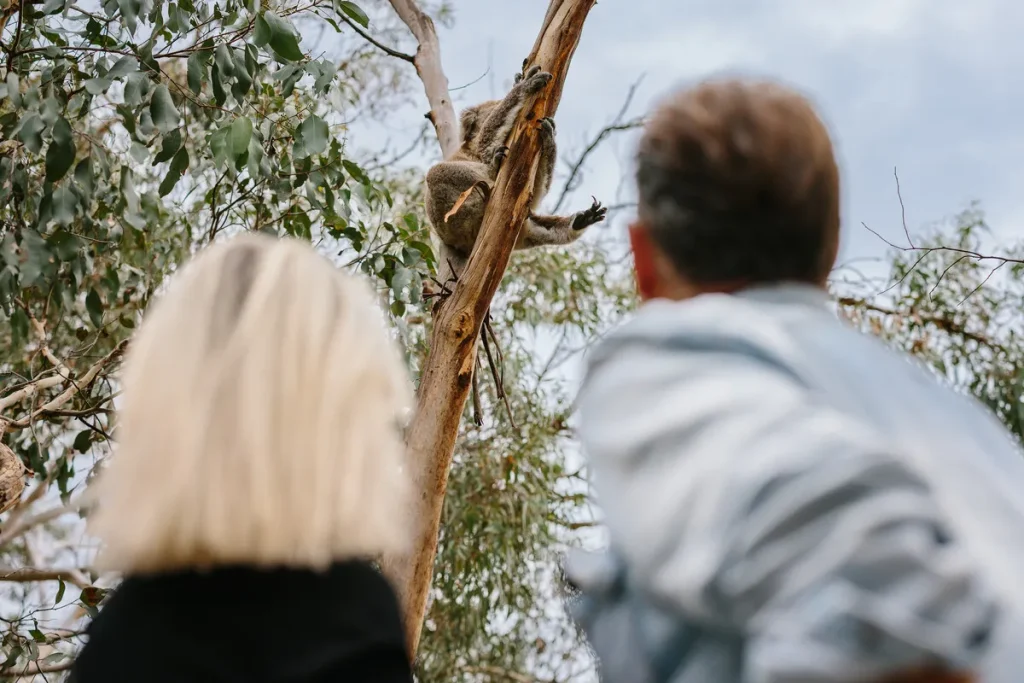
Great Ocean Road’s top locations
The whole stretch of the Great Ocean Road is about wildlife, but some parts are denser with animals than others. At Tower Hill Wildlife Reserve, an extinct volcano crater, tourists can get close to emu and kangaroo or koala. Even if slightly off-route, Phillip Island has a penguin parade where small-sized penguins come back to the shore at sundown.
Hidden Treasures for Adventurous Travellers
For those ready to go off the beaten track, there are undiscovered places in Otway Ranges or remote coasts near Cape Otway where Southern Australia’s wilderness can be experienced without crowds. In these areas one may particularly spot platypus, echidna and various types of birds.
Conclusion
Nature Marvels in a Journey
Traveling along the Great Ocean Road is not just driving through beautiful sceneries; it’s a plunge into Australian natural landscapes. Either welcomes new discoveries on each section as well as different seasonal attractions – this is why it makes travelers slow down and learn from nature day by day. By following local wildlife regulations and participating in conservation activities the Great Ocean Road can preserve its ecological significance forever.
FAQ
Which season is best for watching wildlife?
In Spring and Autumn birding lovers have chances to watch migratory birds while winter is ideal time for whale watching.
Do I need any permits for wildlife photography?
Normally personal usage photography does not require special license however commercial purposes and use of drones might demand paying fees.
Can I bring my dog on wildlife trails?
Native wild life species are protected hence dogs are mostly prohibited in most conservation areas or national parks.
What should I do if I come across an injured animal?
Call closest wildlife rescue service instead of trying to help it personally.
Are there any areas where I can volunteer for conservation efforts?
Yes, some local organizations need volunteers for habitat restoration and animal monitoring projects.